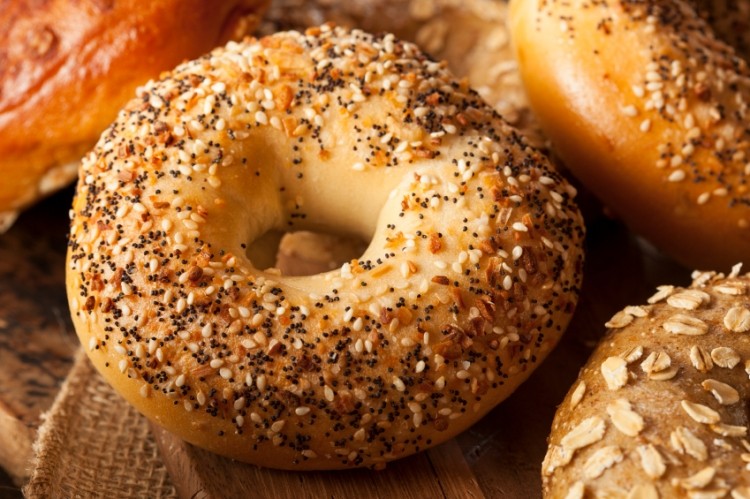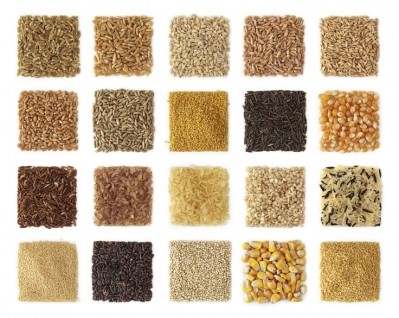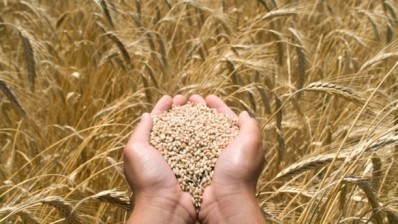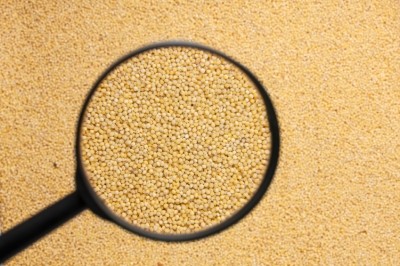Go with the grain: Gut health boost linked to whole-grain diet

The study finds the short-term consumption of whole grains (WGs) increases stool weight and frequency and has a modest positive effects on gut microbiota.
In addition, short-chain fatty acids (SCFAs) production—an indicator of gut microbiota richness and diversity—were enhanced as were several immune and inflammatory responses.
“We found modest effects of whole grain on gut microbiota and measures of immune function in the context of a controlled energy and macronutrient diet where all food was provided to participants,” said senior author Dr Simin Nikbin Meydani, director of the nutritional immunology laboratory at Tufts University in the US.
“This diet allowed them to maintain their body weight, thus eliminating the confounding effect of weight loss associated with increasing fibre consumption on immune and inflammatory markers.”
The assessment looks to back up well-supported theories that diets rich in WGs reduce incidences of inflammatory and chronic-related disorders such as diabetes.
These proposed benefits have been attributed to WGs nutrient profile that include vitamins, minerals, antioxidants, dietary fibre, lignans, b-glucans, inulin, phytochemicals, phytosterols, phytin, and sphingolipids.
Comparisons to refined-grain (RG) flour are considerable where production methods result in losses in ferulic acid (93%), selenium (92%) and antioxidant activity (89%).
Additionally, benefits lost by phenolic compounds and magnesium total 83%, fibre (58%) and lutein (51%).
Whole-grain study

The research team undertook an eight-week randomised, controlled trial enrolling 81 subjects (49 men and 32 postmenopausal women aged 40–65 years).
Subjects were asked to adhere to a Western-style diet consisting of refined grains for two weeks.
40 of them continued on the diet for the final six weeks. The remaining participants continued on a WG diet.
Both diets were kept similar in terms of total energy, total fat, and number of fruit, vegetable, and protein servings. The only difference was in the source of grain.
Compared with the RG group, the WG group had increased alkyresorcinol concentrations—a reliable measure of WG intake mainly found on the outer parts of WG wheat and rye.
Stool weight as well as stool frequency had increased too as had numbers of the SCFA producer Lachnospira.
In contrast numbers of the pro-inflammatory bacteria Enterobacteriaceae had decreased. No other markers of cell-mediated immunity or systemic and gut inflammation were recorded.
“Our study incorporated markers of diet adherence and whole grain consumption, allowing us to more confidently determine the effect whole grains have on the gut microbiota and inflammatory responses,” commented Dr Meydani.
WG’s effect on SCFAs
The modest effect of WGs on microbiota make up and stool SCFA concentrations echo observations were consistent with a previous study investigating the effects of WGs on gut microbiota.
While bacterial diversity between the groups remained relatively unchanged, a noteworthy study that used WG barley and brown rice as the main sources of WGs reported increases in gut microbial diversity and in the Firmicutes:Bacteroidetes ratio.
The increase in the SCFA producer Lachnospira and a decrease in proinflammatory Enterobacteriaceae also gave rise to a query about pH levels and content profiles.
“The amount of SCFAs that is present in the stool only accounts for around 5–10% of SCFAs produced,” the authors noted. “A lower pH favours the production of SCFA.
“In our study, the RG group showed an increase in stool pH, whereas the WG group showed a decrease in stool pH.
“Therefore, increased SCFA production after WG consumption may be related to a favourable environment such as lower pH in the colon.”
The authors also pointed out that WG foods contained more micronutrients and phenolic compounds that are known to have various health benefits, including those on immune and inflammatory responses.
“We could not determine the contribution of these components, as well as their interactions with fibre to the final effects in our clinical trial.”
The study was supported by the Bell Institute of Health and Nutrition, General Mills.
Source: American Journal of Clinical Nutrition
Published online ahead of print: doi: 10.3945/ajcn.116.146928
“Substituting whole grains for refined grains in a 6-wk randomized trial has a modest effect on gut microbiota and immune and inflammatory markers of healthy adults.”
Authors: Simin Nikbin Meydani et al.















